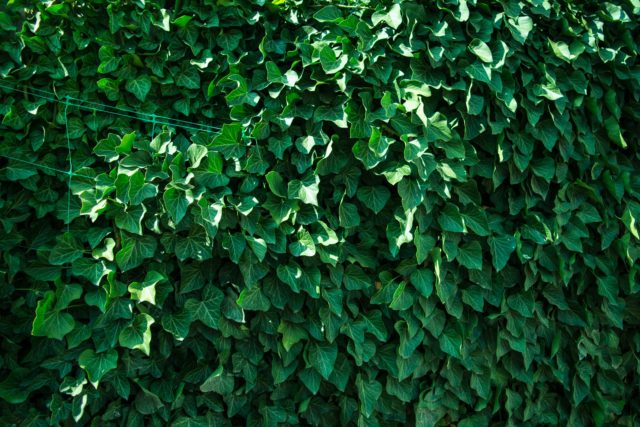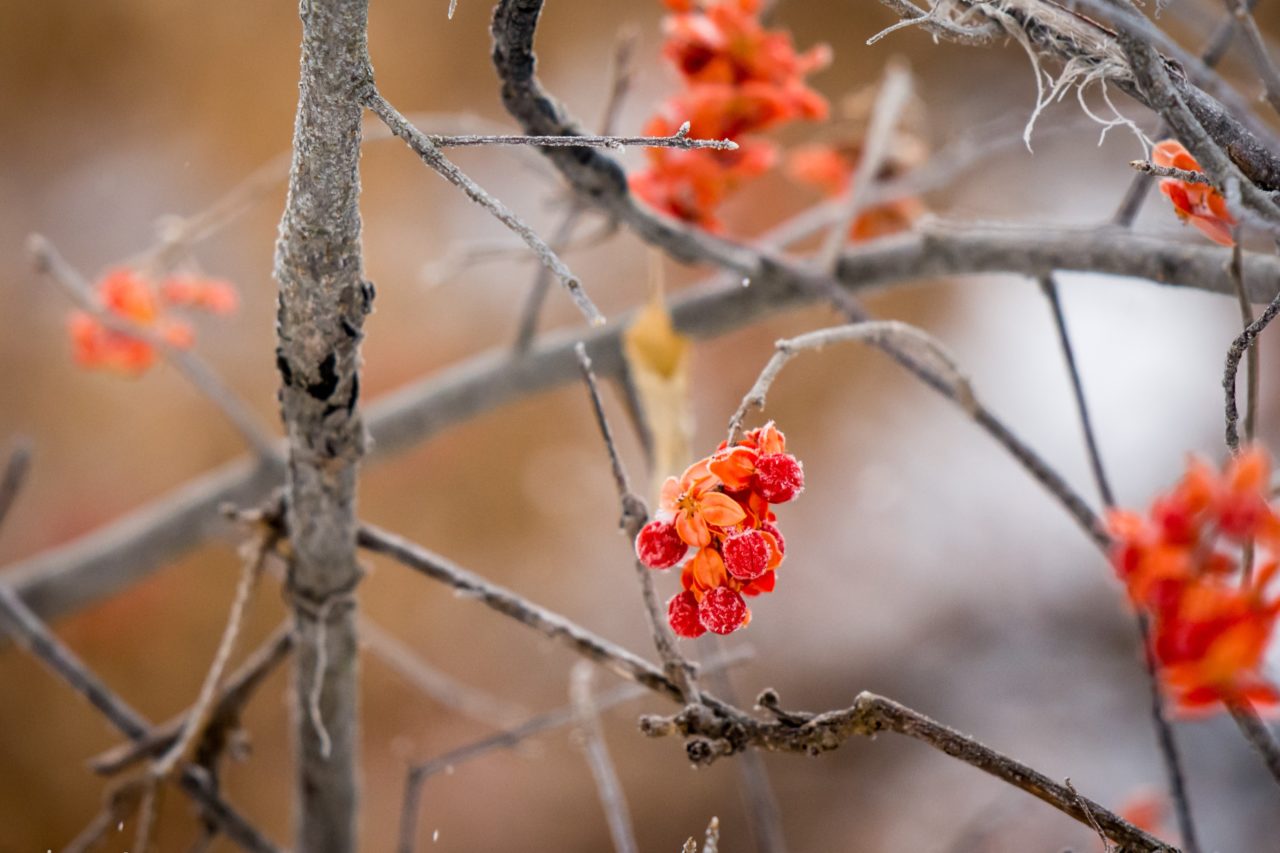The term “invasive species” can stir up sinister imagery and vaguely unsettling feelings. But what are invasive species, exactly? What do they mean for your local landscape? What can we learn from them? How can backyard gardeners avoid causing harm, and help foster healthier ecosystems?
WHAT ARE INVASIVE SPECIES?
According to Merriam Webster, invasives are “a non-native organism, growing and dispersing easily usually at the detriment of native species and ecosystems.” Here in Massachusetts, Japanese Knotweed and bittersweet are two of the most common invasive plants.
Origins can differ amongst invasive species. Some were intentionally––if misguidedly––introduced to an established ecosystem. Others hitched rides on clothing, animals, vehicles, and in waste products. Some invasive species elbowed-out native plants that inhabited a similar sphere of the ecological community, and others sprung up out of a void created by the loss of a native plant or plants. (It should be noted that such voids are usually created––directly or otherwise––by human activity). In order to be categorized as “invasive,” a plant must be non-native to their current habitat, and must aggressively spread. This spread inhibits the native counterparts’ return, whether or not the invasive species was the initial cause of that native plant’s decline. If a non-native plant manages to neutrally or symbiotically coexist in a new ecosystem, it is classified as “naturalized” and not “invasive.”
WHAT WE CAN LEARN FROM NON-NATIVE PLANTS
Dr. Robin Wall Kimmerer––professor, author of Braiding Sweetgrass: Indigenous Wisdom, Scientific Knowledge, and the Teaching of Plants and member of the Citizen Band of the Indigenous Potawatomi people––speaks about the importance of curiosity when dealing with non-native plants in a 2012 interview with Biohabitats.
“..instead of having a knee jerk reaction of “those are bad and we want to do everything we can to eliminate them,” we consider what are they bringing us. Plants are our teachers, so what is it they’re trying to teach us?…Those plants are here because we have invited them here. We have created the conditions where they’re going to flourish.”
Though she finds this mindset of open-minded inquiry most common in Indigenous ways of thinking, anyone can benefit from learning from plants in this way. Cultivating curiosity improves our relationship with the land and our non-human community. It also reminds us to reflect on our own place in the ecosystem, instead of reductively blaming “bad plants.”
IMPACTS OF INVASIVE PLANTS

While the impulse to categorize all non-native plants as “bad” lacks nuance, it is not surprising considering the destructive impact invasive species have on the ecosystems they attack. Environmental advocates’ efforts to educate the public on the dangers of invasive plants has been vigorous; even though not all non-native plants qualify for the title, some confusion is understandable.
The list of the damage they cause is long and the ripple effect created when an ecosystem is thrown out of whack is incalculable. Each plant, insect, animal and even bacteria has evolved inter-dependently over millennia, and one shift threatens the whole system and beyond. Some invasive plants take decades––and countless hours of labor––to remove. On a human-centric note, some can even threaten the foundations of buildings and spread so aggressively that they must be disposed of like toxic waste! Because of this, prevention and education around native and non-native plants is hugely important.
HOW TO HELP WITH INVASIVE SPECIES
Early detection, control, and maintenance of invasive species is essential to maintaining healthy ecosystems. This is an on-going practice, not a one-time intervention. As such, it demands communal effort. Here are just a few of things you can do to support your local ecosystem and counter the harmful effects of invasive species:
- Get curious! Learn which plants are native to your region and recognize common invasive plants.
- Report invasive species to local authorities (for example, The Outsmart Invasives Project in Massachusetts)
- Practice proper removal. Invasive plants can be very difficult to remove; many have re-seeding mechanisms that use traditional removal techniques as an opportunity to spread further. For this reason, it’s very important to do your homework before uprooting, or otherwise removing, any invasive. Each species has specific techniques that work well and others that should be avoided.
- Practice proper disposal. Getting an invasive plant out of the ground is only half the battle. Invasive plants can be considered hazardous waste and must be disposed of with caution. To avoid unintentional re-spreading them, always have a disposal plan in place before beginning the invasive plant removal process. As with removal, proper disposal varies with species and requires a bit of planning. Burning, drowning, and drying are a few of the techniques for safe disposal of invasive plants. Which one you use will, of course, depend on which plant you are dealing with.
- When you can’t remove, monitor & manage. For a variety of reasons, it isn’t always possible to entirely remove an infestation of invasive plants. In these cases, it is essential to stay vigilant and to keep the plant in check. Sometimes this can be done creative ways, such as this company in central Massachusetts who rents out goats to manage them.
- Be a mindful gardener. Choose native plants whenever you can, and naturalized plants when you can’t. Never plant invasive species.
- Be flexible. You may discover that a favorite plant is invasive, or is not the best option for some other reason. Conversely, you may find new favorites in lesser-known native plants!
- Be vigilant when purchasing plants, as some varieties of a plant may be native while other varieties of the same plant are not.
- Don’t harbor “stowaways.” If you have a boat, thoroughly clean it before and after going in bodies of water. Don’t move firewood long distances.Check your clothes for seeds and insects after hiking (this is an easy addition to a tick-check, which is unfortunately a necessity in the northeast). Be mindful of how you dispose of unwelcome passengers hitching a ride.
- Know when to call the pros. Some plants need a real strategy––Japanese knotweed, for example––and in the long term it pays to hire people who know what they are doing.
***
At NatureWorks Land Care, we are committed to being good stewards of the Earth and our local ecosystems. That means using organic, sustainable practices, working with native plants, and responsible removal of invasive species.
If you would like support caring for your land or dealing with invasive plants, contact us.


